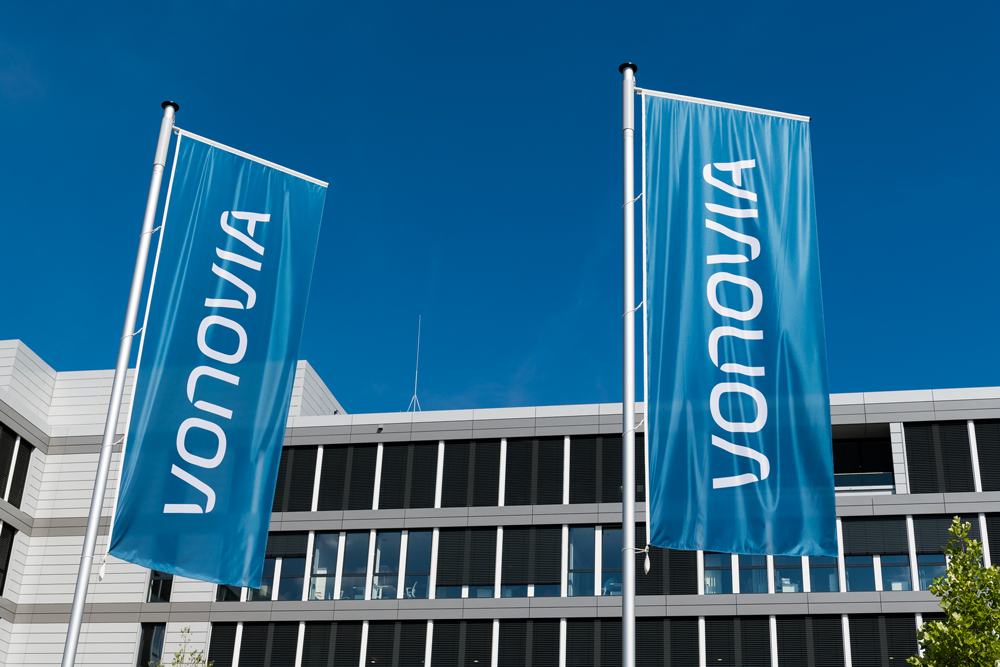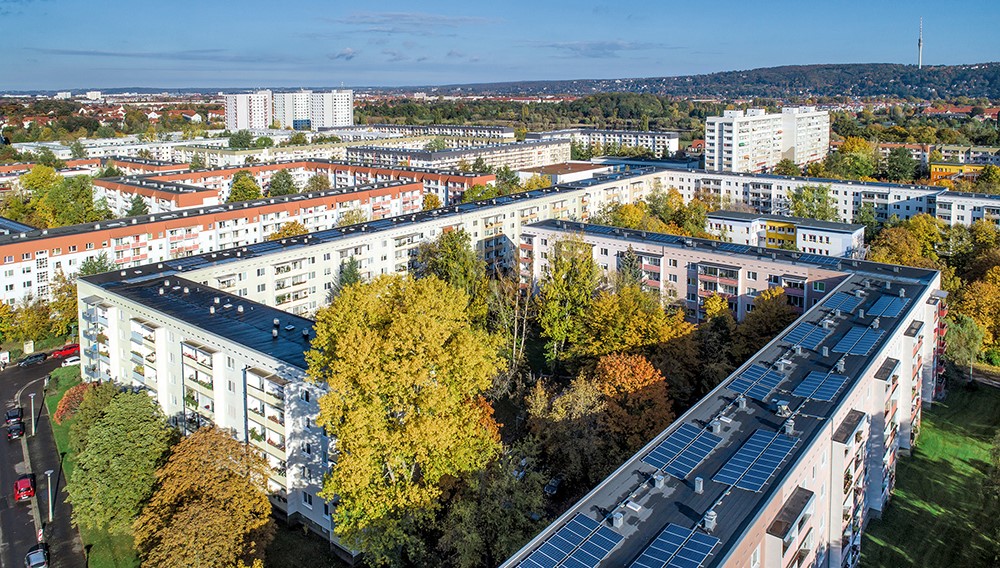Further Information About the Bodies
Management Board
The Management Board of Vonovia SE consisted of four members as of December 31, 2021 and five members effective January 1, 2022.
Rolf Buch, Chairman of the Management Board
Function: Chief Executive Officer Responsible for: transactions, Value-add, general counsel, investor relations, IT, HR management, auditing, corporate communications and sustainability/strategy.
Area of responsibility as of January 1, 2022: transactions, general counsel, investor relations, HR management, auditing, corporate communications, sustainability/strategy and healthcare.
Appointments:
- Kötter Group (Member of the Council of Shareholders)2
- Apleona GmbH (Member of the Supervisory Board and Member of the Shareholder Board)2
Arnd Fittkau, Member of the Management Board
Function: Chief Rental Officer Responsible for: Rental segment with the North, East, South, and West business areas, as well as for customer service and portfolio and tenant management.
Appointment:
- STEAG Fernwärme GmbH (Member of the Advisory Board)2
Philip Grosse, Member of the Management Board (as of January 1, 2022)
Function: Chief Financial Officer
Responsible for: accounting, controlling, finance, valuation & portfolio controlling as well as taxes.
Appointments:
- GSW Immobilien AG (Chairman of the Supervisory Board)3, 5
- Eisenbahn-Siedlungs-Gesellschaft Berlin mbH (Chairman of the Supervisory Board)2, 4
- QUARTERBACK Immobilien AG (Member of the Supervisory Board)1, 6
Daniel Riedl, Member of the Management Board
Function: Chief Development Officer
Responsible for: development in Austria, development in Germany and operating property management business in Austria.
Helene von Roeder, Member of the Management Board
Function: Chief Financial Officer
Responsible for: controlling, finance, property evaluation, accounting, tax, insurance, central procurement and Immobilien Treuhand.
Role as of January 1, 2022: Chief Transformation Officer
Area of responsibility as of January 1, 2022: Value-add (incl. insurance), IT and procurement as well as condominium administration and the management of properties for third parties.
Appointments:
- AVW Versicherungsmakler GmbH (Member of the Supervisory Board)2
- E. Merck KG (Member of the Council of Shareholders)2
- Merck KGaA (Member of the Supervisory Board)1, 5
- Vonovia Finance B.V. (Member of the Supervisory Board)2, 4
- Deutsche Wohnen SE (Chairwoman of the Supervisory Board) since January 2, 20223, 5
Supervisory Board
The Supervisory Board currently consists of twelve members, all of whom were elected for a statutory term of office by the Annual General Meeting held on May 9, 2018.
Jürgen Fitschen, Chairman
Senior Advisor at Deutsche Bank AG
Appointments:
- CURA Vermögensverwaltung GmbH & Co. KG (Member of the Administrative Board)2
- Syntellix AG (Member of the Supervisory Board)2
Prof. Dr. Edgar Ernst, Deputy Chairman
President of the German Financial Reporting Enforcement Panel (FREP), as of January 2022, self-employed management consultant
Appointments:
- METRO AG (Member of the Supervisory Board)1, 5
- TUI AG (Member of the Supervisory
Board)1, 5
Burkhard Ulrich Drescher
Managing Director of Innovation City Management GmbH
Appointment:
- STEAG Fernwärme GmbH (Member of the Advisory Board)2
Vitus Eckert
Attorney, Shareholder and Managing Director of Eckert Fries Carter Rechtsanwälte GmbH, as of February 2022, Partner of Wess Kux Kispert & Eckert Rechtsanwalts GmbH
Appointments:
- STANDARD Medien AG (Chairman of the Supervisory Board)2
- S. Spitz GmbH (Deputy Chairman of the Supervisory Board)2
- Vitalis Food Vertriebs-GmbH (Deputy Chairman of the Supervisory Board, group company of S. Spitz GmbH)2
- Simacek Holding GmbH (Chairman of the Supervisory Board)2
- Simacek Facility Management Group GmbH (Chairman of the Supervisory Board, group company of Simacek Holding GmbH)2
Dr. Florian Funck
Member of the Management Board of Franz Haniel & Cie. GmbH
Appointments:
- CECONOMY AG (Member of the Supervisory Board)1, 5
- TAKKT AG (Member of the Supervisory Board)3, 5
Dr. Ute Geipel-Faber
Self-employed management consultant
Appointment:
- Bayerische Landesbank (Member of the Supervisory Board)1
Daniel Just
Chairman of Bayerische Versorgungskammer
Appointments:
- DWS Grundbesitz GmbH (1st Deputy Chairman of the Supervisory Board)2
- Universal Investment GmbH (Member of the Supervisory Board)2
- GLL Real Estate Partners GmbH (Member of the Supervisory Board)2
Hildegard Müller
President of the German Association of the Automotive Industry (VDA)
Appointments:
- Siemens Energy AG (Member of the Supervisory Board)1, 5
- Siemens Energy Management GmbH (Member of the Supervisory Board, group company of Siemens Energy AG)1
- RAG-Stiftung (Member of the Board of Trustees)2
Prof. Dr. Klaus Rauscher
Self-employed management consultant
Dr. Ariane Reinhart
Member of the Management Board of Continental AG5
Clara-Christina Streit
Self-employed management consultant
Appointments:
- NN Group N.V. (Member of the Supervisory Board)2, 5
- Jerónimo Martins SGPS S.A. (Member of the Administrative Board)2, 5
- Vontobel Holding AG (Member of the Administrative Board)2, 5
- Deutsche Börse AG (Member of the Supervisory Board)1, 5
Christian Ulbrich
President and Chief Executive Officer Jones Lang LaSalle Incorporated5
- 1 Supervisory Board mandates in accordance with Section 100 (2) of the German Stock Corporation Act (AktG).
- 2 Membership in comparable German and foreign supervisory bodies of commercial enterprises.
- 3 Exempted Group mandates in accordance with Section 100 (2) no. 2 of the German Stock Corporation Act (AktG).
- 4 Other Group bodies.
- 5 Listed.
- 6 Related party of the Deutsche Wohnen Group.



